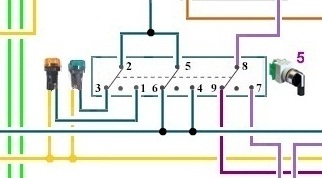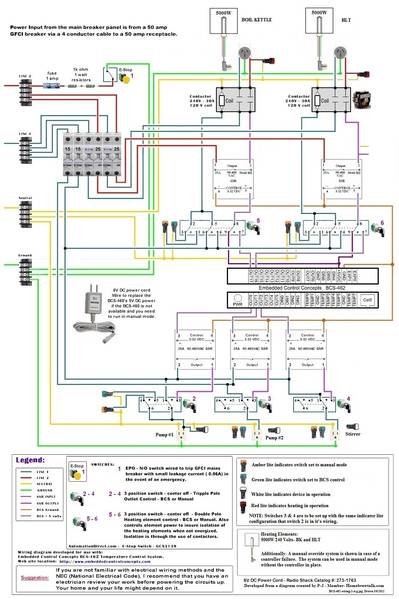cyberbackpacker
Well-Known Member
PJ was kind enough to get me a wiring diagram before Christmas for my rig. I am upgrading from a simple DPDT toggle switch controlled panel to three way selector switches with 22mm indicator lights to denote bcs control, manual control.
That said, these switches are new to me, and since it has taken me this long to actually have funds to upgrade my panel I forget what PJ told me about these switches.
Basically, based on the diagram below, I believe I need three NO contact blocks. Basically each triangular sets of contacts (i.e 1,2, and 3; 4,5, and 6, etc) denote one NO contact block. Can someone confirm this thinking for me?
I have the money and want to pull the trigger on these switches so I can actually get my upgraded started! Thanks!


That said, these switches are new to me, and since it has taken me this long to actually have funds to upgrade my panel I forget what PJ told me about these switches.
Basically, based on the diagram below, I believe I need three NO contact blocks. Basically each triangular sets of contacts (i.e 1,2, and 3; 4,5, and 6, etc) denote one NO contact block. Can someone confirm this thinking for me?
I have the money and want to pull the trigger on these switches so I can actually get my upgraded started! Thanks!






